The case for biocoal
The ‘behind the scenes’ energy reasons WHY New Zealand needs BIOCOAL.
We all want to improve or maintain quality of life.
ENERGY
Ultimately the underpinning essential commodity of wellbeing is ENERGY.
Food = energy for the human body / Energy makes food storage possible / Energy makes food processing possible / Energy makes food distribution possible / Energy makes warmth possible / Energy makes Transport possible / Energy makes industry possible / clothing possible / Sunlight Energy makes this earth inhabitable / etc / etc.
It is harnessing energy that truly raises our physical life above that of animals, starting with fire, progressing thru beasts of burden, water wheels, wind power and into the fossil fuel age that made the 1st, 2nd and 3rd industrial revolutions possible. We are now moving into the 4th industrial revolution which due to the post-classical tendency toward ever-greater etherealisation, (think computer games, virtual reality, online shopping, information age, 3d printing, etc) is leading to a departure from hard reality AKA “away with the fairies”.
Most of our politicians, academics, journalists, civil servants and high level industry management are utterly divorced from the realities of the actual physical mechanics of life.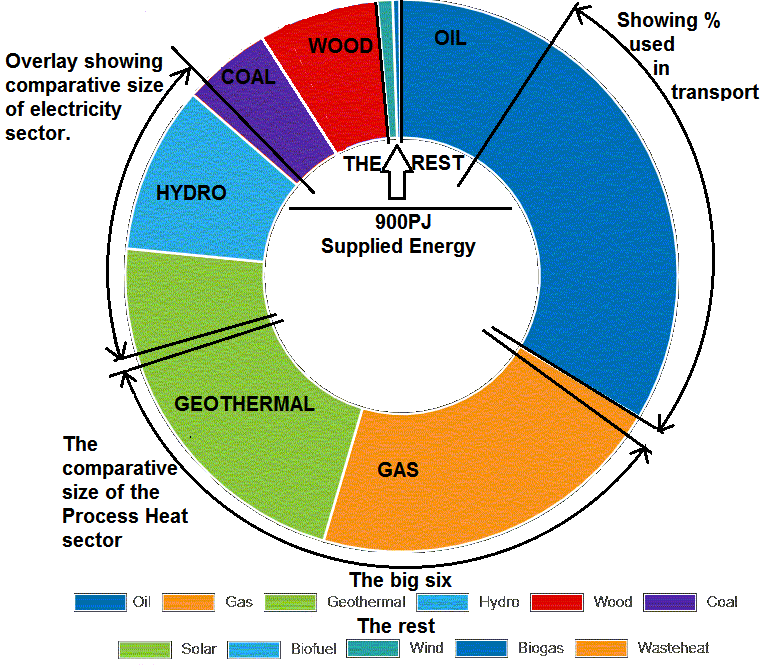
Currently New Zealand uses 900PJ of energy each year. Approximately 60% of energy used is fossil fuel ≈600PJ
Fossil Fuel energy supply is elastic, if you want more you can get more just by paying for it on the world market.
Whereas Hydro energy depends on dams and pipes and available water.
Likewise Solar or Wind relies on equipment and wind and sun. Geothermal also relies on hot rock and infrastructure. Our National natural gas production is similarly restricted by supply and infrastructure.
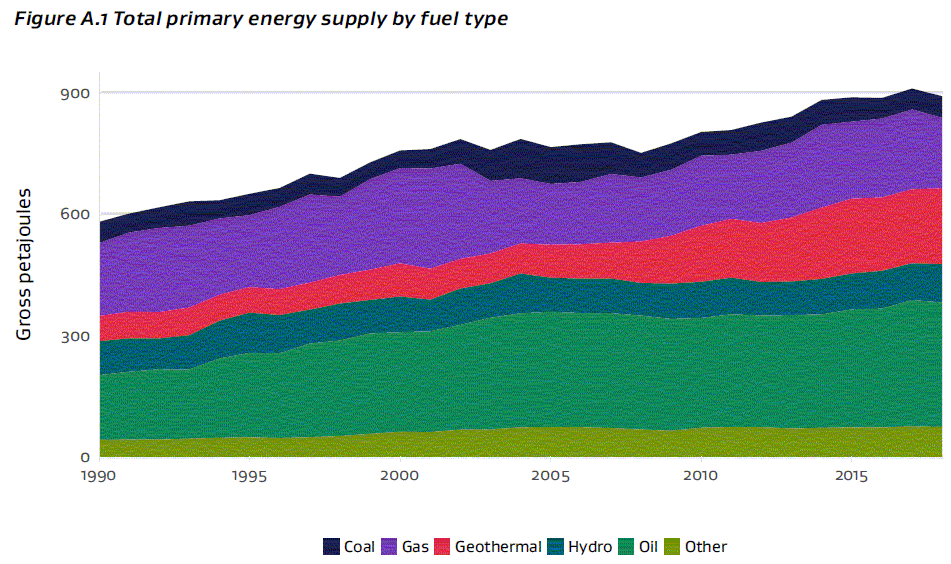
if you removed fossil fuels
from our society it would
collapse
(Energy) Poverty Trap: a self-reinforcing mechanism which causes poverty to persist. An Energy Poverty Trap is a terminal condition for a society.
EROI: In “energy economics” and “ecological energetics”, energy return on investment (EROI), also sometimes called “energy returned on energy invested” (ERoEI), is the ratio of the amount of usable energy (the energy) delivered from a particular energy resource to the amount of energy used to obtain that energy resource.
In the early days of steam power it was noted;
A coalminer who consumes in his own body about 3,500 Calories a day will, if he mines 500 pounds of coal, produces coal with a heat value 500 times the heat value of the food which he consumed while mining it. At 20 per cent efficiency he expends about 1 horsepowerhour of mechanical energy to get the coal. Now, if the coal he mines is burned in a steam engine of even 1 per cent efficiency it will yield about 27 horsepower-hours of mechanical energy. The surplus of mechanical energy gained would thus be 26 horsepower-hours, or the equivalent of 26 man-days per man-day.
So in this case the energy return on investment was 27 fold.
On the whole most of us don’t physically work hard anymore
Energy returns needed for certain levels of society
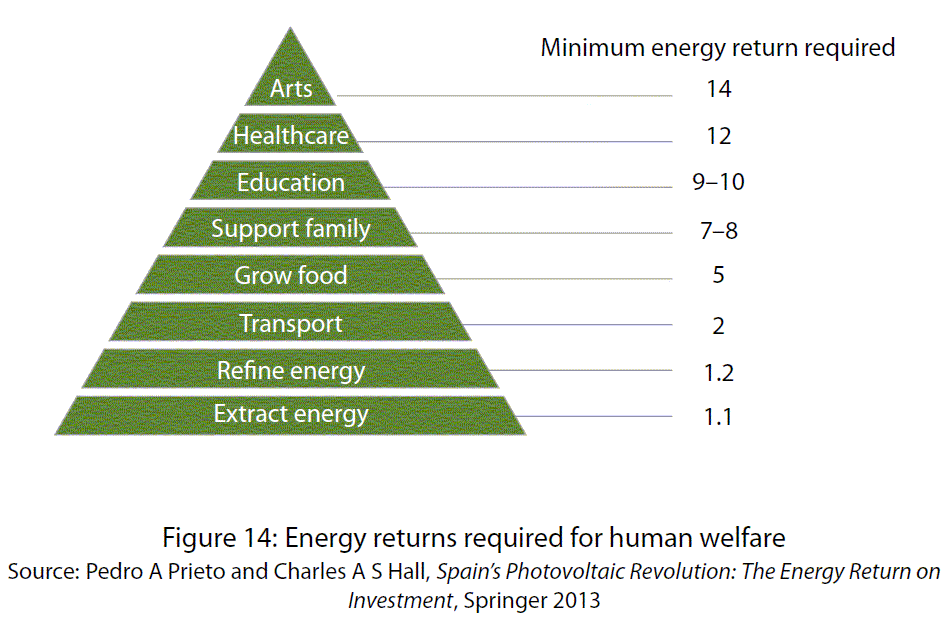
Let's compare energy sources; Oil, Wind, Solar and Biocoal for example.
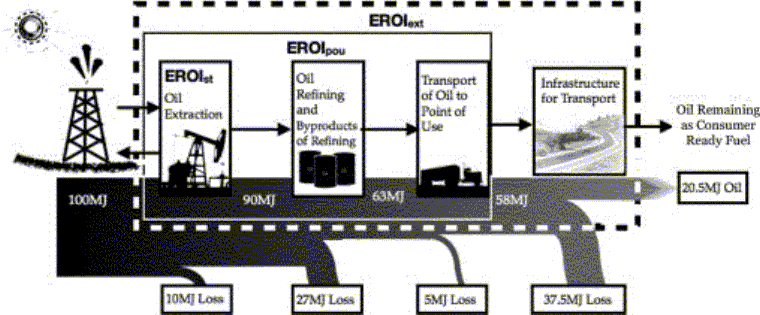
For example a 5:1 energy return on oil illustrated here. Globally oil is actually between 10 and 43, which happily takes us of the top of the pyramid. Oil sands and shale are worse at between 3 and 6
Wind and solar are a bit more tricky to analyse, as storage and intermittent supply has to be factored in.
It should be noted that Electricity production and use is not without losses, Hydro is between 80%-90% efficient, Geothermal 12%, Wind 20%-30% PV Solar 10%-20%, Coal fired power 10%-60%. Transmission efficiency from producer to residential consumer 93% (7%-8% loss), Lithium batteries 80%-90% (10%-20% loss). This is not the whole Eroi involved here, it is just the conversion process.
Here are some values from Forbes.
https://www.forbes.com/sites/jamesconca/2015/02/11/eroi-a-tool-to-predict-the-best-energy-mix/
Hydro 35, Coal 30, Closed-Cycle Gas Turbine 28, Solar Thermal 9, Wind 4, Biomass 4, Solar PV 2
Notice that in this list Wind, Biomass and Solar do not support society to the point of growing food!!! (modern farming)
This implies that most certainly, that the surplus energy produced by Wind and Solar systems cannot sustain society AND construct their replacements when they reach end of life. The lifetime for wind and solar farms are usually 20 to 30 years and they require regular maintenance. The current construction of solar and wind energy infrastructure is called ‘energy cannibalism’ or ‘robbing Peter to pay Paul’. If solar energy was a free lunch we would have solar panel factories powered by solar panels spreading over all the deserts of the globe.
In our current global situation we assume that climate change mitigation law and public opinion will lead to the phasing out of fossil fuels either by decree of the implementation of punitive CO2 tax.
The popular ‘line’ from eco warriors is to replace fossil fuel with electricity. Most of these enthusiasts do not analyse how possible or not this is.
With current electricity production at 150PJ and current fossil fuel use at 600PJ it is very hard to visualize replacing Fossil Fuel with electricity. Especially when a sizeable proportion (30PJ 20%) of electricity is made using fossil fuel.
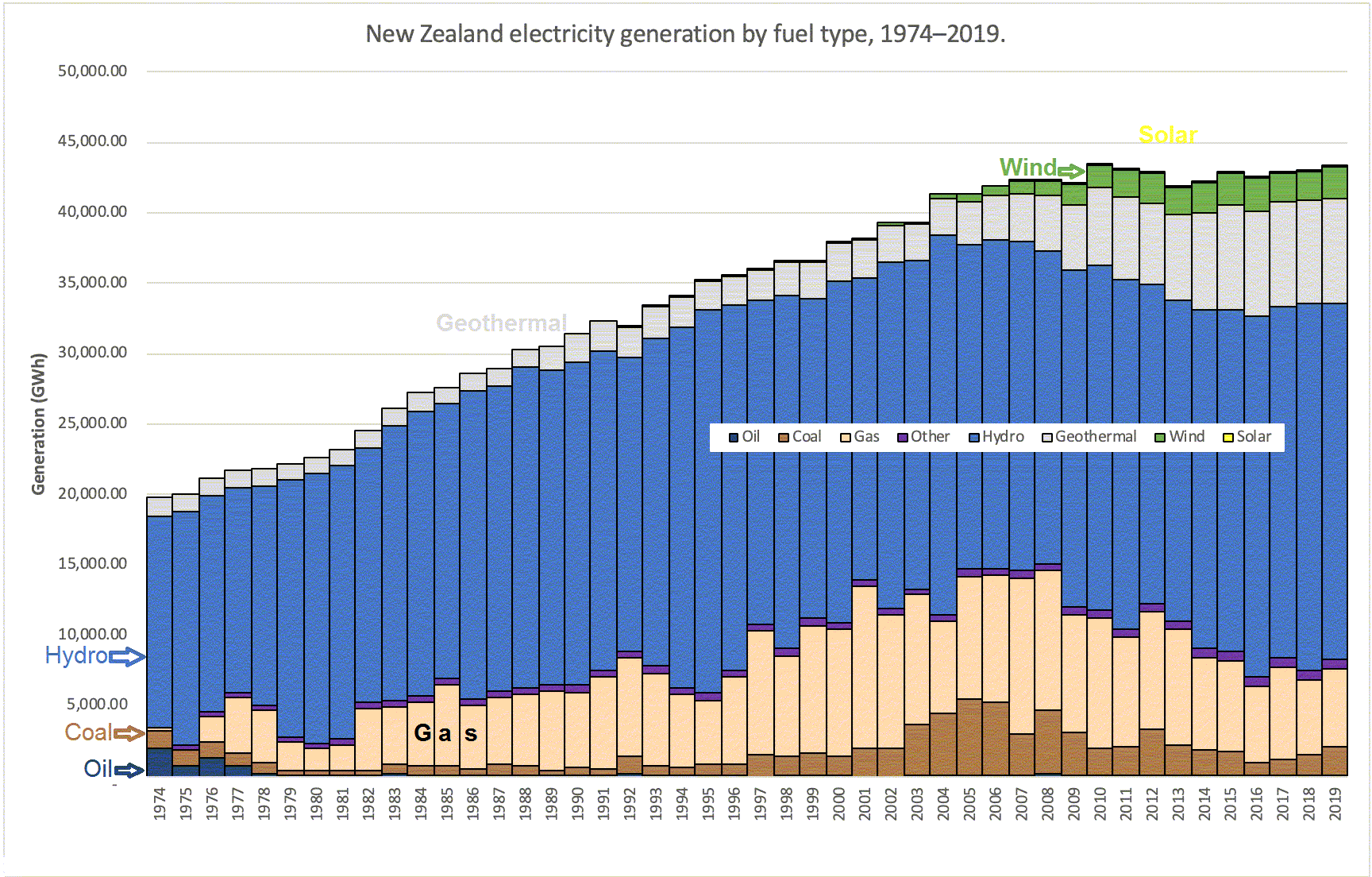
Notice that Wind and Solar are minority electrical power sources on this chart that show minimal growth. Even with new wind and solar installations occurring over the next few years they will remain insignificant.
However, agree with electrification or not, it is going to happen. EV uptake unless restricted will occur in this decade.
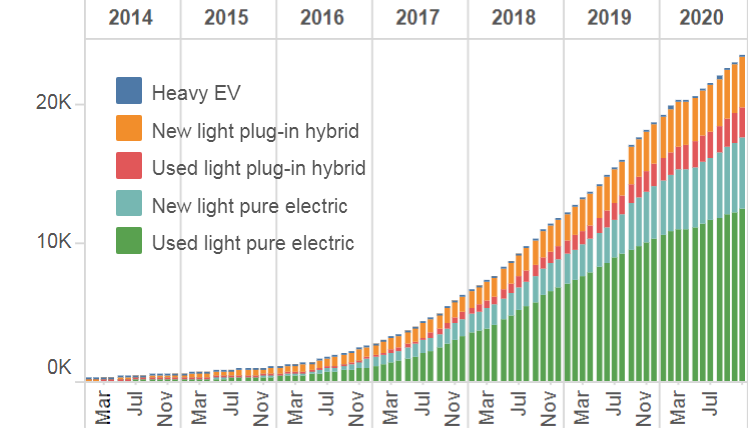
In all likelihood 80% of light vehicle mileage will be by EVs mid decade. The EV Tsunami
Currently Light Vehicle transport uses in excess of 100PJ fossil fuel energy per year
So, simply put, to eliminate fossil fuel use from electricity production and provide enough electricity for this first stage of transport electrification we need an extra 150PJ of electricity derived from non fossil sources.
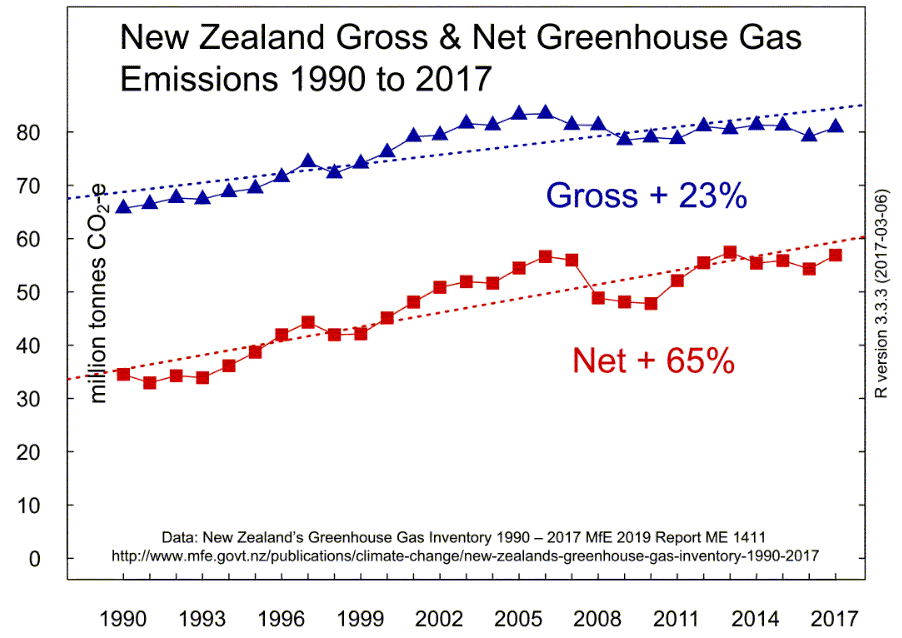
However (It gets worse!!) the other target for a carbon neutral future is Process Heat (Process heat is heat used in industrial processes, eg drying milk to make milk powder, 30PJ are used for that alone).
Approximately 100PJ of Fossil Fuel is used for Process Heat.
Thus there is a push to electrify Process Heat
The Zero Carbon bill sets a target to reduce net carbon emissions to zero by 2050.
The half billion tree program is aimed at reducing the net CO2 emissions, but the government struggles to read its own reports, they actually need to plant at least 1.5 billion extra trees.
Summary: Fossil free electrical generation energy needs to increase by;
30PJ existing Fossil Electrical Energy generation to be replaced by carbon neutral fuel
150PJ extra electrical generation for first stage of transport electrification.
100PJ extra electrical generation to replace Fossil Fuel Process Heat.
Thus a total of 280PJ of extra (Fossil Free) electrical generation is needed by 2030 at the latest. A 350% increase in renewable generation
Wasted Revenue Opportunity
When a forest is harvested the revenue source is the trees, (Nah, really?), carbon farming is a separate issue.
However between 20% 30% of the tree is left in the forest.
Numerous studies have been done on tree harvest residue. For the sake of simplicity we will assume that for every 800 tonnes of logs sold and shipped out from a forest there are 200 tonnes available left behind i.e. 20% of the original harvestable tree which is equivalent to 25% of the recorded harvest.
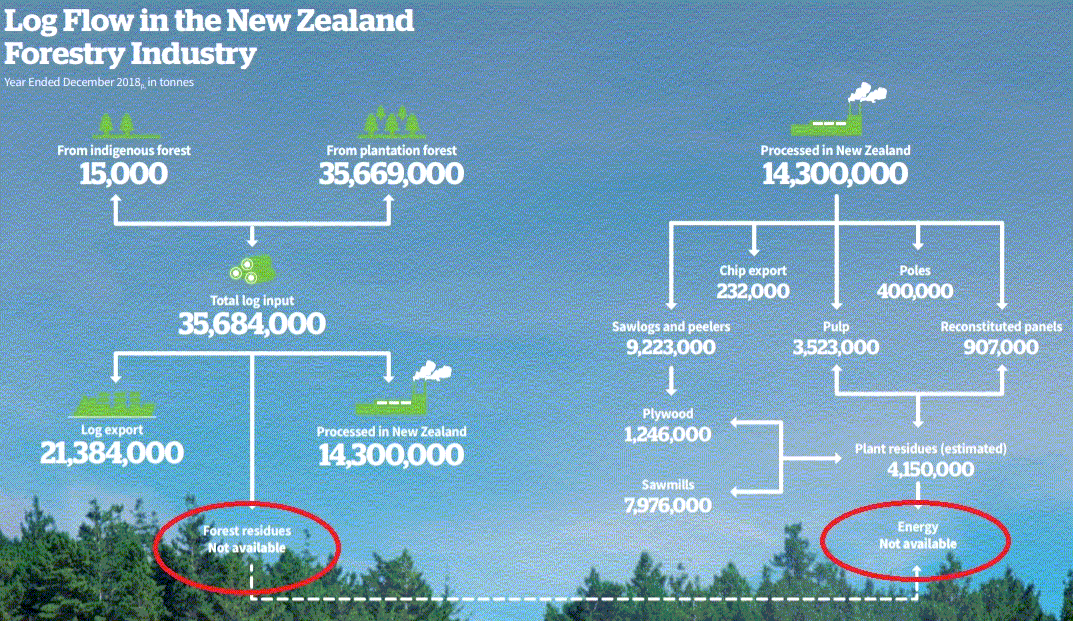
People whose life business is forestry and tree harvesting may quibble with these numbers and any detailed information regarding harvest residue is welcome.
The national harvest in 2018 was 35mt of logs, thus let us assume that there are at least 8mt of harvest residue. Personally I think there is more. Scion are claiming over 2.5mt of bark is stripped from logs each year. Poor quality logs often lie intact where they are felled. These low quality ‘pulp’ logs and crooked logs are often 100% waste if the logistical costs are too high to get them to market and thus do not get a mention in statistics.
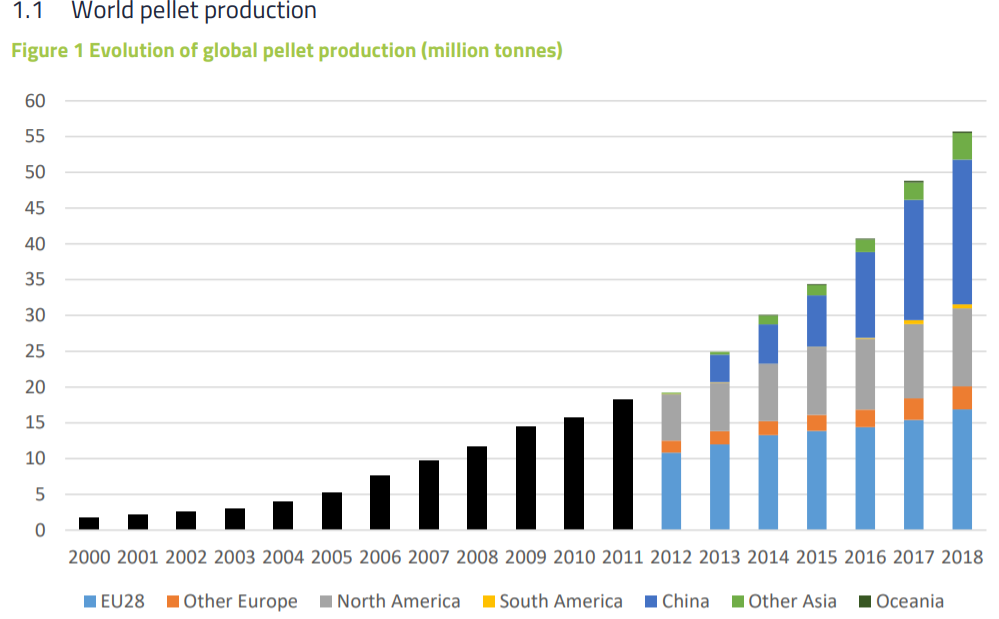
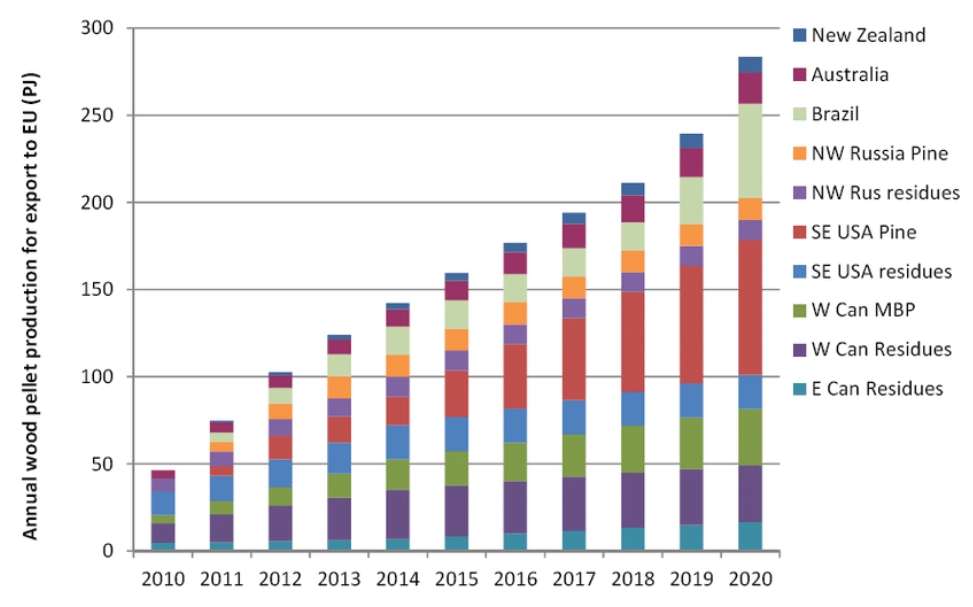
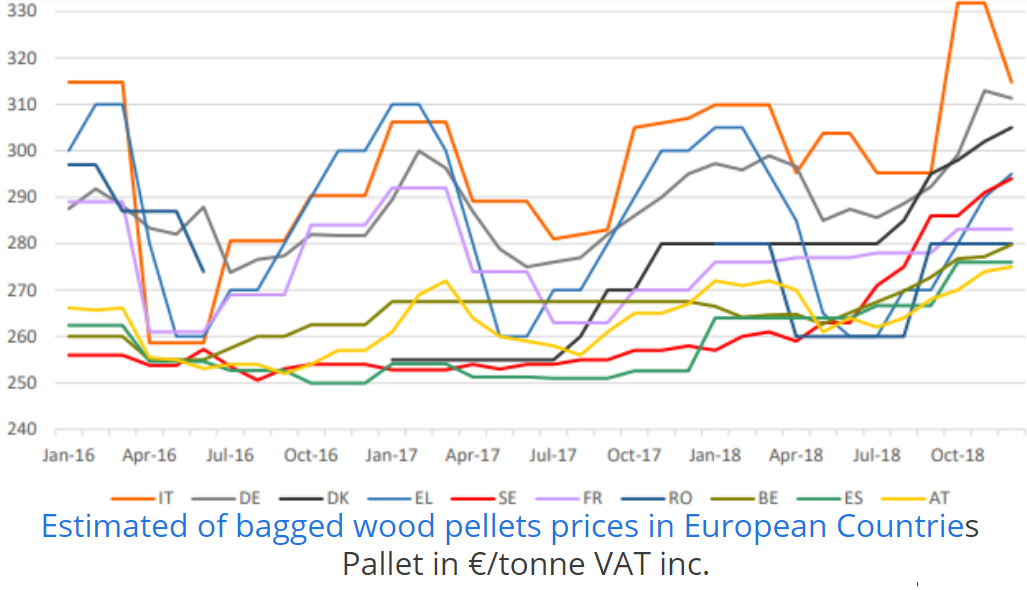
There is an existing market for wood based energy within New Zealand and Globally, conditional on price and quality.
Europe imports approximately 300Pj of pellets. Global Pellet production is about 60mt.
New Zealand has dropped the ball on this industrial opportunity.
10mt of NZ wood waste converted to 5mt of biocoal @ $200NZD per tonne could represent an increase in GDP of $1,000,000,000
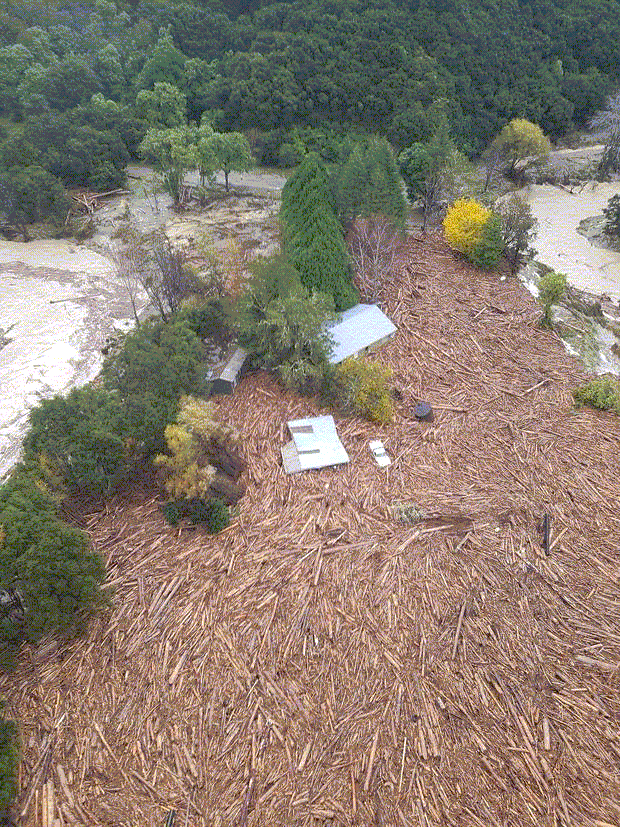
Environmental
Tolaga Bay type incidents, if only all that wood had been converted into biocoal!!!!
General concern over waterways.
Longterm problems of carbon farming forests, no pruning or harvesting. Abandoned when mature.
Sequestration failures, fire damage and disease, turn them into biocoal.
There is no point planting trees to capture carbon unless ultimately the biocarbon is used to displace fossil carbon, otherwise in the end the carbon will return to the atmosphere without any longterm benefit.
Wilding pines.
Presumably biocoal has a role to play.


Carbon Neutral fuel. Plantation sourced sustainable fuel. Tracked and traced
The increases in average temperature and CO2 levels will shorten tree crop rotation intervals.
Global Socio Economic factors
In a simple free market economy there is no opportunity for biomass fuel. Fossil Fuels are most competitive.
However we have public opinion “license to operate” etc. Extinction Rebellion, Zero Carbon Bill, Global warming, etcetera
We have Co2 tax that adds to the cost of fossil fuel. At CO2 costs of about $40 per tonne biocoal becomes competitive with coal.
Now is the time to start building a Biocoal industry
New Zealand is 10 or 12 years behind on this industry (Even after Solid Energy losing $100m tax payer dollars) but better late than never.
Even if it takes a few years to develop a domestic market in the meantime there is the export market.
Why is this industry well established in other countries, but not here? I am sure there are a few opinions on that one.
Why biocoal rather than regular white pellets?
The torrefaction process is an elegant solution to woody biomass processing that solves many of the economic hurdles to profitability.
During the process enough energy is derived to run the process.
The International Energy Agency (IEA) names torrefied biomass the cheapest, lowest risk biomass for storage, transport and processing, and also the best form of biomass as a global commodity.
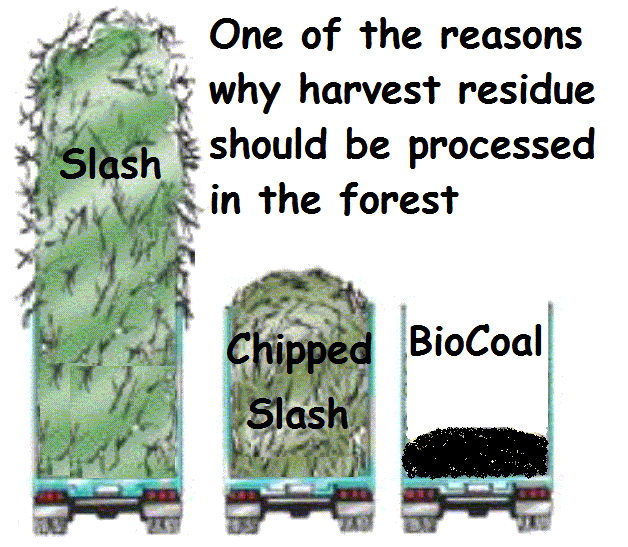
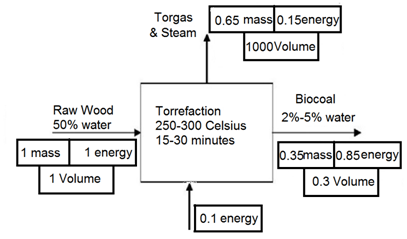
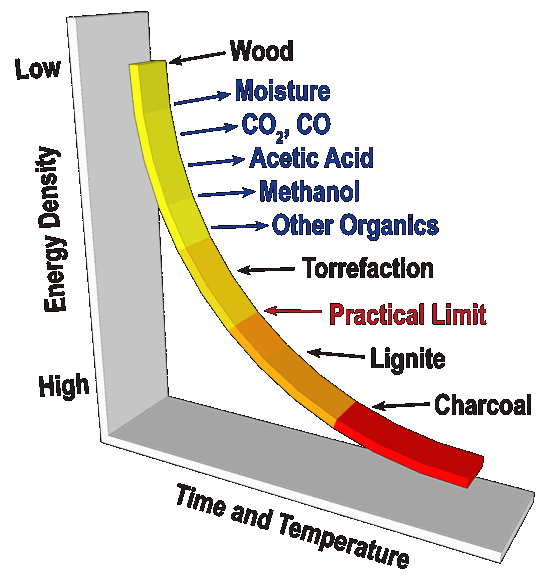
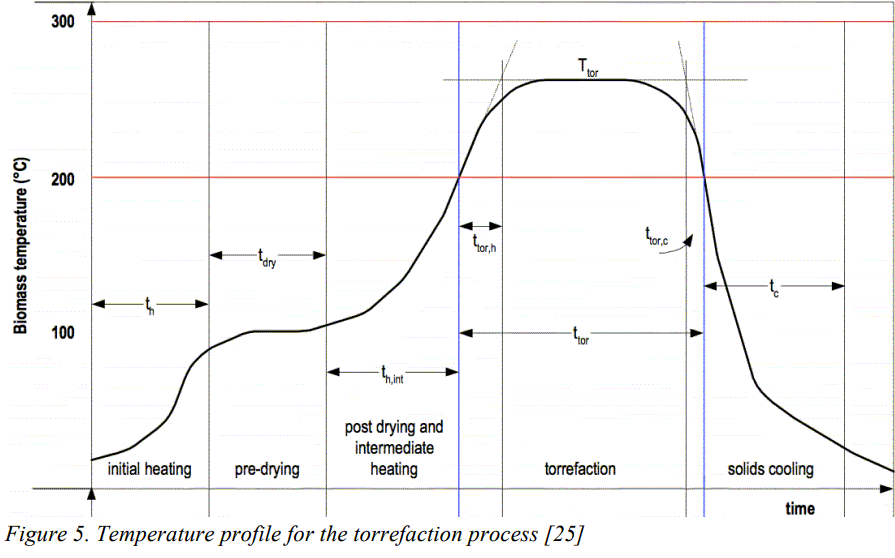
Torrefaction and briquetting produces a durable, moisture resistant, energy dense, safe fuel.
Raw pellets are inherently unsafe and difficult to store, their production usually involves high energy investment.
EV Tsunami / Electrification of transport / Process Heat / Energy and power / we_dont_need_fossil_fuels_we_will_just_use_electricity / Jevons' Paradox / industrial_revolutions / billion_trees / zero_carbon_bill / rural employment / looming_energy_crisis / self_powered / logistics_of_biomass / log_enhancement / wind_and_solar / steel / fossil_fuels / hydrogen / nuclear / drax / Forest harvest residue / torrefaction / eroi / case_for_biocoal / Spontaneous Combustion / Solar EV charger




